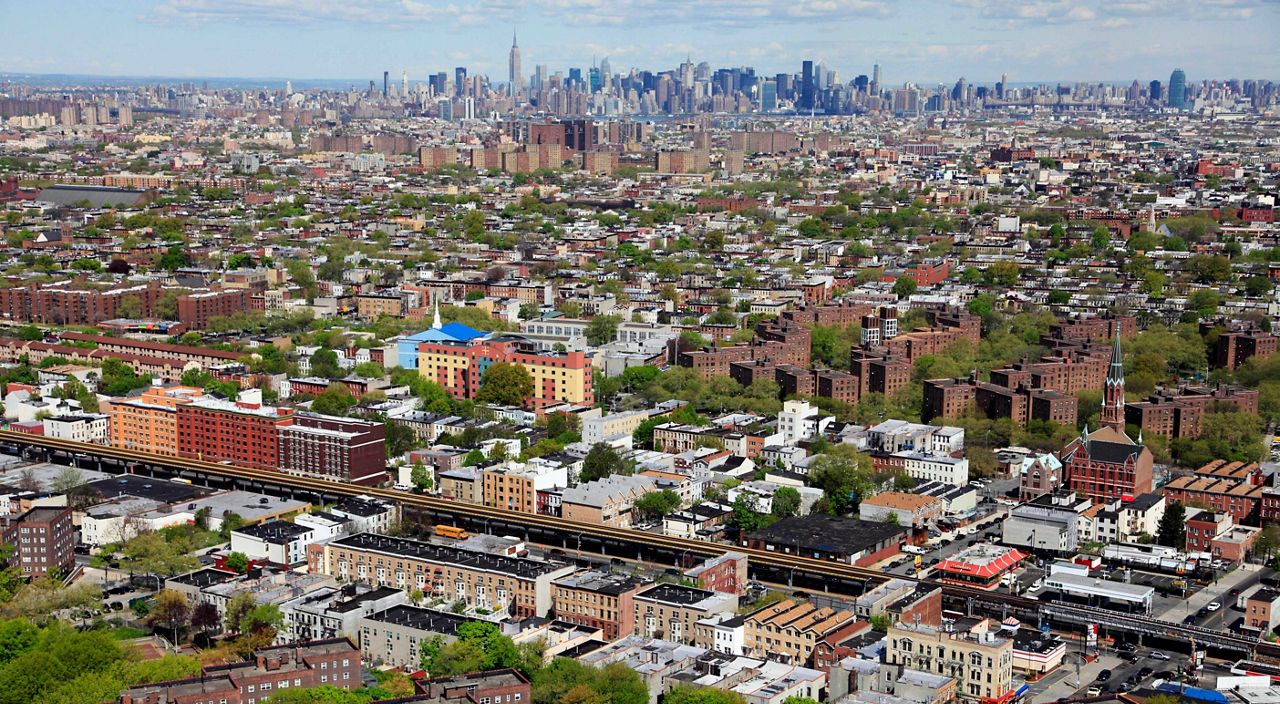College is becoming increasingly inaccessible to low-income students, report says

(SHNS/WWLP) – The erosion of government support for higher education over the past 20 years has made earning a four-year degree increasingly inaccessible to low-income students in Massachusetts, especially students of color because increases in tuition and fees have necessitated greater borrowing, a new report shows.
The study, produced by the Hildreth Institute and released on Monday, found that while state funding for public higher education fell by 20% per full-time student between 2001 and 2020, tuition and fees in four-year institutions have increased by an average of 59%.
“The crisis for people of color, especially black and Latinx students is at its worst in community colleges with enrollment down about 30% over the past two years, we are also seeing declining enrollment in the university system state,” said Merrie Najimy, president of the Massachusetts Teachers’ Association.
Financial aid has also not kept pace with rising costs passed on to families, dropping 35% for full-time students from $595 to $386 at a time when median household incomes have risen. by 13%, according to the report.
“I know I probably wouldn’t have gone to college if I had to pay off loans…it would have been stressful,” said Amherst College student Olly Ajao.
“It stresses me out a lot, especially when I think about graduate school, and how am I going to pay for it? Should I take a gap year? Or will I have to work for a few years? said Taylor MasterAlexis, a student at Smith College.
Massachusetts students are locked out of public colleges by tuition increases. Teachers’ associations are sounding the alarm.
“After two decades of divestment, we are too far along to expect a few reforms to chart a new course for our public institutions and our students. Years of inaction will force the state to finally decide what role the Commonwealth, which prides itself as the cradle of public education, should play in post-secondary public education,” wrote Bahar Akman Imboden, Chief Executive of the Hildreth Institute and author. of the report.
The state has earmarked nearly $1.2 billion for its higher education campuses this year, including $577.5 million for the University of Massachusetts, out of a $48 billion budget. After passing pre-pandemic legislation reforming how the state funds K-12 education, lawmakers are now grappling with how to make education more affordable at the beginning and later stages of a child’s educational career. ‘a student.
Local educators advocating for the Fair Share Amendment, a proposed state tax on annual earnings over $1 million. It would generate over $1 billion a year and be spent on public education and making public colleges affordable.
“It would increase families’ access to higher education, working families, poor families, middle class families paid their taxes, the rich, the 1%, to pay their fair share of taxes” , said Ian Rhodewalt, local educator. in Amherst.
Senate Speaker Karen Spilka and House Speaker Ron Mariano both discussed finding ways to use federal dollars and other resources to reduce the cost of early education and care, while Representatives Natalie Higgins and Senator Jamie Eldridge introduced legislation to make a debt-free college a reality for tens of thousands of students.
Mariano and House Ways and Means President Aaron Michlewitz are expected to announce new investments in the early childhood education workforce on Monday that will form part of the House’s fiscal year 2023 budget to be released Wednesday.
Imboden said state policymakers should seriously consider the framework proposed by Higgins and Eldridge in their bills (H 1339. S 829) to ensure debt-free higher education for all students, and felt that it could cost between $771.7 million and $1.015 billion, depending on who qualifies for enhanced aid.
According to the report, public universities now depend on tuition and fees for 40% of their income, which is a far different paradigm from the 1980s, when student tuition accounted for less than a quarter of university income. ‘an institution.
In the 1980s, financial aid through the MassGrant program, the state’s main form of need-based financial aid, covered 80% of a student’s tuition and fees. It now covers 10% of a full-time student’s expenses, the researchers wrote.
“With this change and the decline in student financial aid, the financial burden on public higher education students and their families is at an all-time high,” Imboden wrote.
The change puts more hardship on students from low-to-moderate income backgrounds, forcing them to work more hours outside of school and taking out more student loans, and putting them at greater risk of failing. complete their studies.
According to the report, 63% of public university students now take out loans to graduate, compared to 53% of their private college peers, and public university students now graduate with more debt ($24,112) in average than their private school peers. ($23,940).
The COVID-19 pandemic has only made the situation worse, according to the Hildreth Institute, which found that enrollment in public higher education fell 6.9% in 2020 and 4.2 % additional in 2021, with community colleges seeing the steepest declines and Blacks and Latinos first. year students dropping 33% between 2019 and 2020.
“Until we address the fact that chronic disinvestment has put a price on those who have the most to gain from higher education, we will continue to see negative enrollment trends that further deprive communities most in need of investment,” the report said.
Communities of color have a higher rate of student loans in default than white communities — 12% to 5%.
The Hildreth Institute concludes that the state government should expand eligibility for the MASSGrant program, as well as the types of educational expenses students can invest in, and increase funding to cover the unmet needs of students attending colleges. public institutions so that they can graduate. with little or no student debt.






